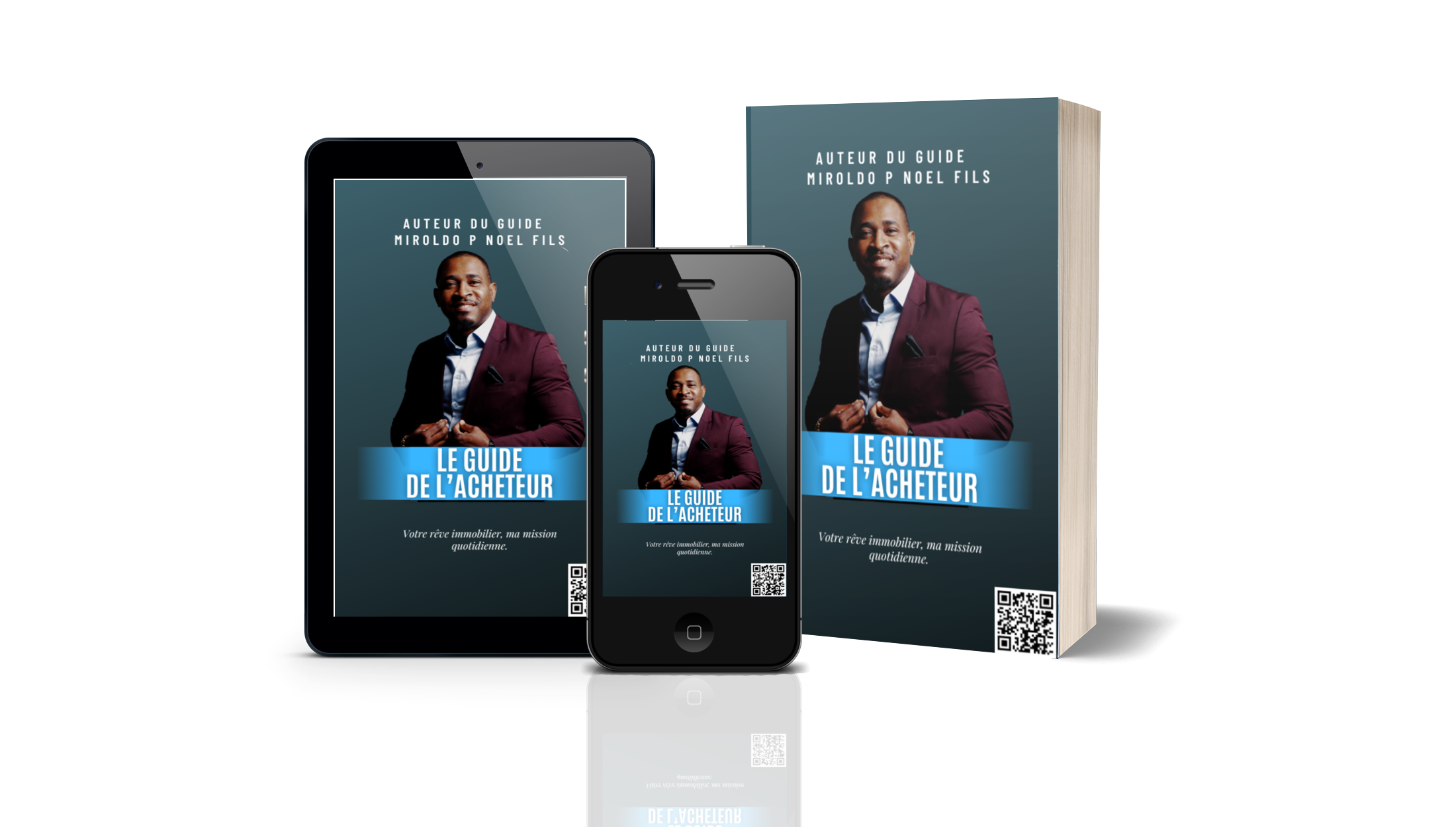considering start-up costs
It's a dream we all have to own our own home and not pay rent. If you're like most renters, you feel trapped within the walls of a home you don't own. You're stuck and you don't see how you can buy your own home.
Don't feel trapped anymore...
It doesn't matter how long you've been renting or how difficult your financial situation seems. The truth is, there is little known information that can help you bridge the gap from renter to homeowner. With this information you will learn how:
- Saving for your down payment
- Stop enriching your landlord
- Stop wasting thousands of dollars on rent.
6 little known facts that can help you buy your first home.
The problem most renters face is certainly not their ability to afford a monthly payment. Everyone knows that you have to meet that obligation on the first of every month. Rather, the problem is accumulating enough capital to make the initial deposit on a property that will stay with you.
Saving that start-up money is not as difficult as you might think if you consider the following six points.
- You can buy a home with much less cash than you think.
There are local or national programs (such as the Homeownership Program) to help people enter the housing market. You can even qualify as a first-time homebuyer even if your spouse previously owned a home, as long as your name was not registered as a co-owner. Make sure your agent is knowledgeable and skilled in homeownership programs to show you all the options. - You may be able to get help from your financial institution with your down payment and
acquisition costs.
Even if you don't have the amount of the down payment, if you have no debt and you have net assets (for example, a paid-off car) your financial institution may be able to lend you the down payment by using those assets as collateral. - You might find a good broker willing to help you.
Some sellers may give a second mortgage. In this case, the seller becomes more or less the lending institution. Instead of paying cash for the house, you pay monthly payments. - You could create a cash flow without really going into debt.
By borrowing money to invest in RRSPs up to the desired amount, you may be able to take advantage of a tax return that you can use as cash. It's true that the money borrowed can technically be considered a personal loan, but the monthly payment could still be minimal. Thus, the money invested in both the house and the RRSP is yours. - You can buy a home even if you have credit problems.
If you cannot raise the minimum cash or secure a loan because you do not have equity, lending institutions will still receive your mortgage application. - You should be pre-qualified for a mortgage before you begin your search.
It's easy to do and gives you peace of mind when it comes to shopping for a home. Mortgage brokers can get you a written approval without cost or obligation. It can even be done easily over the phone. Much better than a verbal approval, a written pre-qualification is like having money in your bank account. You get a certificate that guarantees your mortgage level; very useful when you finally find the house you've been looking for.Consider using a professional who specializes in mortgages. Using their services can mean the difference between getting a mortgage or being stuck with your landlord forever. There is usually no charge to obtain the information. Why on earth would you continue to throw away thousands of dollars on rent when you could take a few minutes with your agent to discuss your specific needs so that you no longer rent but own your home. This conversation will cost you nothing. And of course, you shouldn't feel pressured to buy a home as you read this, but by taking the time to explore different choices, to discover ways to buy a home, imagine how seasoned and relaxed you'll be when you make this important decision.
